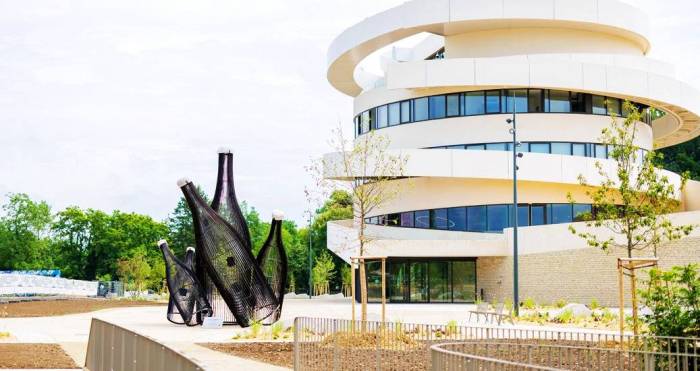Champagne and Burgundy mark a decade of UNESCO world heritage status with growth and renewed cultural focus
Tourism surges and preservation efforts expand as both French wine regions benefit from global recognition and local investment
2025-06-30

On July 4, 2015, the UNESCO World Heritage Committee added two of France’s most famous wine regions to its list: the hillsides, houses, and cellars of Champagne, and the “climats” of Burgundy’s vineyards. Ten years later, both regions continue to see significant changes and benefits from this recognition.
In Champagne, the UNESCO listing has helped reconnect the world-famous sparkling wine with its home region. Amandine Crépin, director of the Paysages de Champagne association, says that while champagne is internationally known, many people were unfamiliar with the landscapes and heritage of the area itself. The UNESCO status has brought new attention to these aspects.
Tourism in Champagne has grown sharply since the listing. In Reims, one of the region’s main cities, tourist numbers increased by more than 60 percent between 2016 and 2023. The visitor base has become more international. According to Crépin, a decade ago it was difficult for tourists on the Champagne Route to find places to eat or sites to visit. Since then, many new initiatives have launched.
Several major attractions have opened in recent years. The Champagne Wine Museum in Épernay opened in 2021. That same year saw the launch of Pressoria in Aÿ-Champagne, a sensory museum created in a former pressing center owned by Pommery. Leading champagne houses such as Pol Roger, Ruinart, Thiénot, and Bollinger have expanded their visitor programs. At Dom Pérignon’s historic abbey in Hautvillers, major renovations are underway to welcome visitors starting in 2028.
In Burgundy, one of the most notable changes is how the term “climat” has entered common usage beyond wine experts. Aubert de Villaine, a key figure behind Burgundy’s UNESCO bid, notes that “climat” now refers to a specific vineyard site among the general public and even English speakers. Over the past decade, Burgundy has strengthened its reputation as a reference point for terroir-driven wines.
The association created after Burgundy’s UNESCO listing has become central to preserving and promoting the region’s heritage. It recently intervened in a wind turbine project to protect vineyard landscapes. De Villaine explains that while French AOC regulations set production standards, there was previously no broad protection for the cultural aspects of Burgundy’s climats. With modern technology changing vineyard work, he says it was time to safeguard this heritage.
The success of Burgundy’s “climats” concept has led other wine regions to adopt similar language. To protect its unique meaning in Burgundy, local authorities have asked France’s INAO (National Institute of Origin and Quality) for legal protection.
The Cité des Climats et des Vins de Beaune—a major wine tourism center—opened in 2023 along with branches in Chablis and Mâcon. However, visitor numbers have been lower than expected so far: only 86,000 people visited all three sites in their first year, compared to an initial goal of 180,000 for 2024. Most visitors went to Beaune. Organizers expect attendance to grow over time.
UNESCO status also enabled Burgundy to create a fund for preserving small-scale heritage features like stone walls and vineyard huts. Cyprien Arlaud, president of the Climats association, says millions of euros have been invested across the region with support from private donors.
Before 2015, Arlaud says that only wine connoisseurs knew about Burgundy’s climats. Now they are seen as part of a broader culture and way of life that includes economic activity and appeals to younger generations. Landscape tours help visitors understand what lies behind these famous wines and encourage reflection on how the region can adapt for the future.
Both Champagne and Burgundy show that UNESCO recognition can bring lasting change—not just by attracting more tourists but by deepening appreciation for local culture and history while encouraging preservation efforts that benefit entire communities.
Founded in 2007, Vinetur® is a registered trademark of VGSC S.L. with a long history in the wine industry.
VGSC, S.L. with VAT number B70255591 is a spanish company legally registered in the Commercial Register of the city of Santiago de Compostela, with registration number: Bulletin 181, Reference 356049 in Volume 13, Page 107, Section 6, Sheet 45028, Entry 2.
Email: [email protected]
Headquarters and offices located in Vilagarcia de Arousa, Spain.